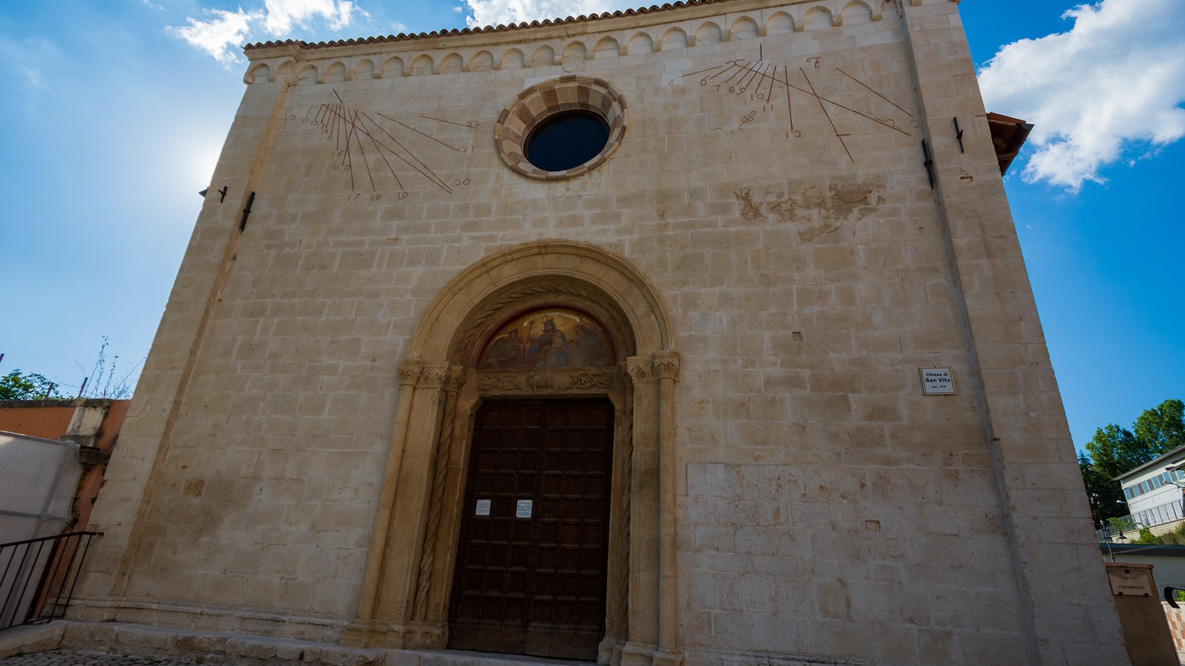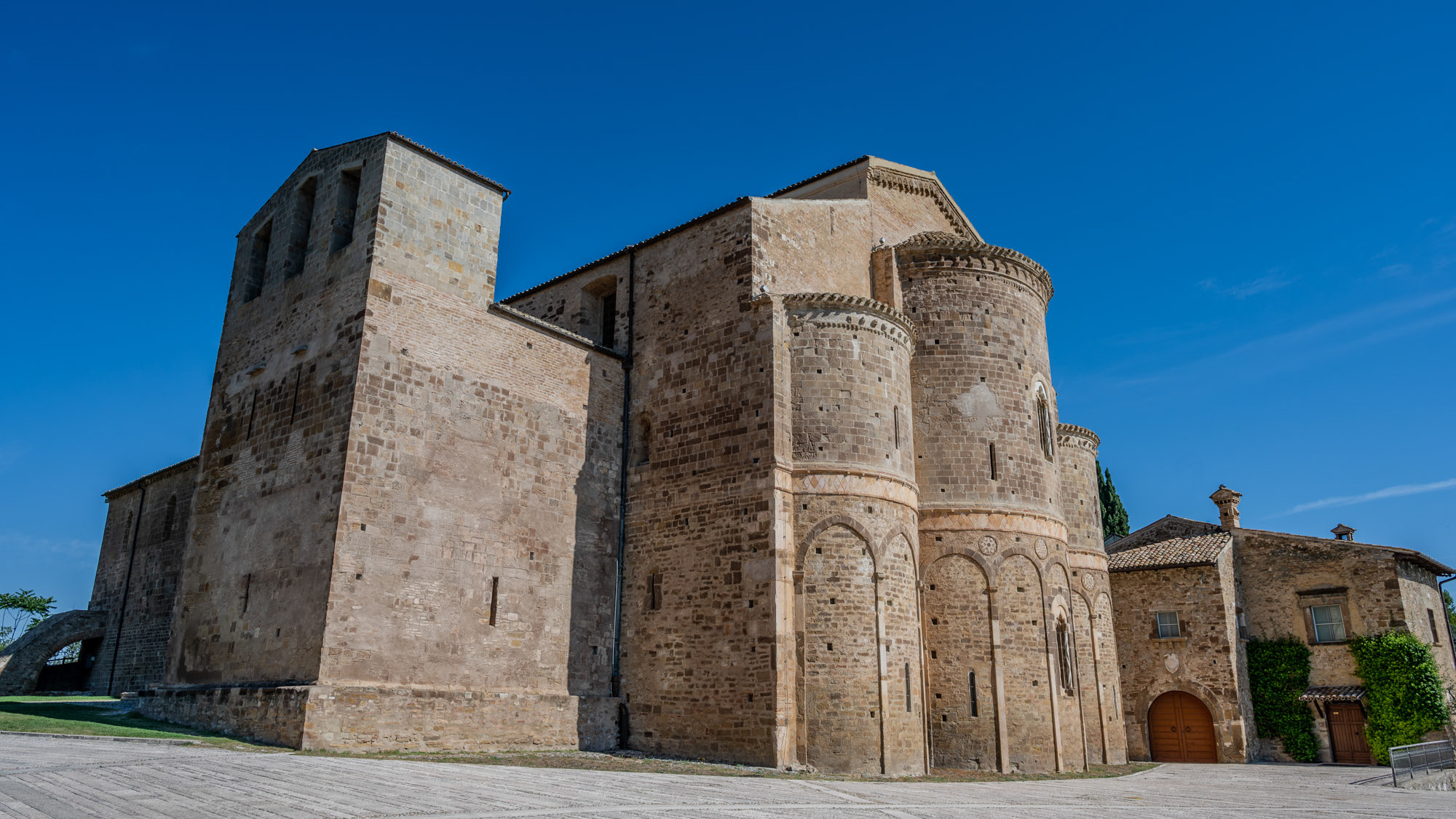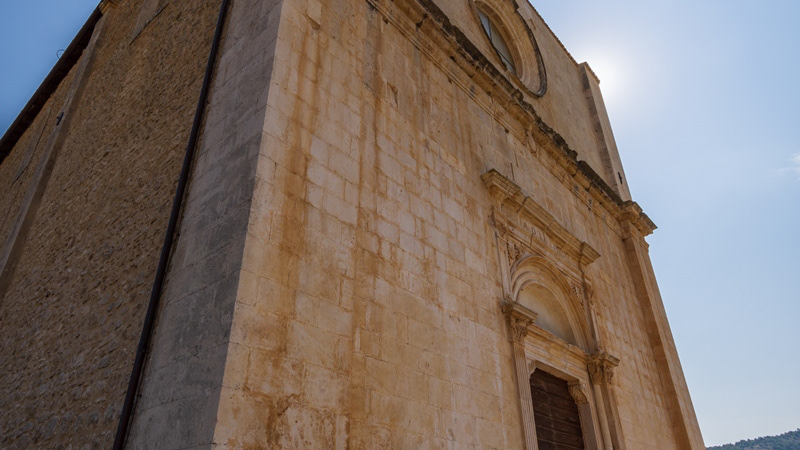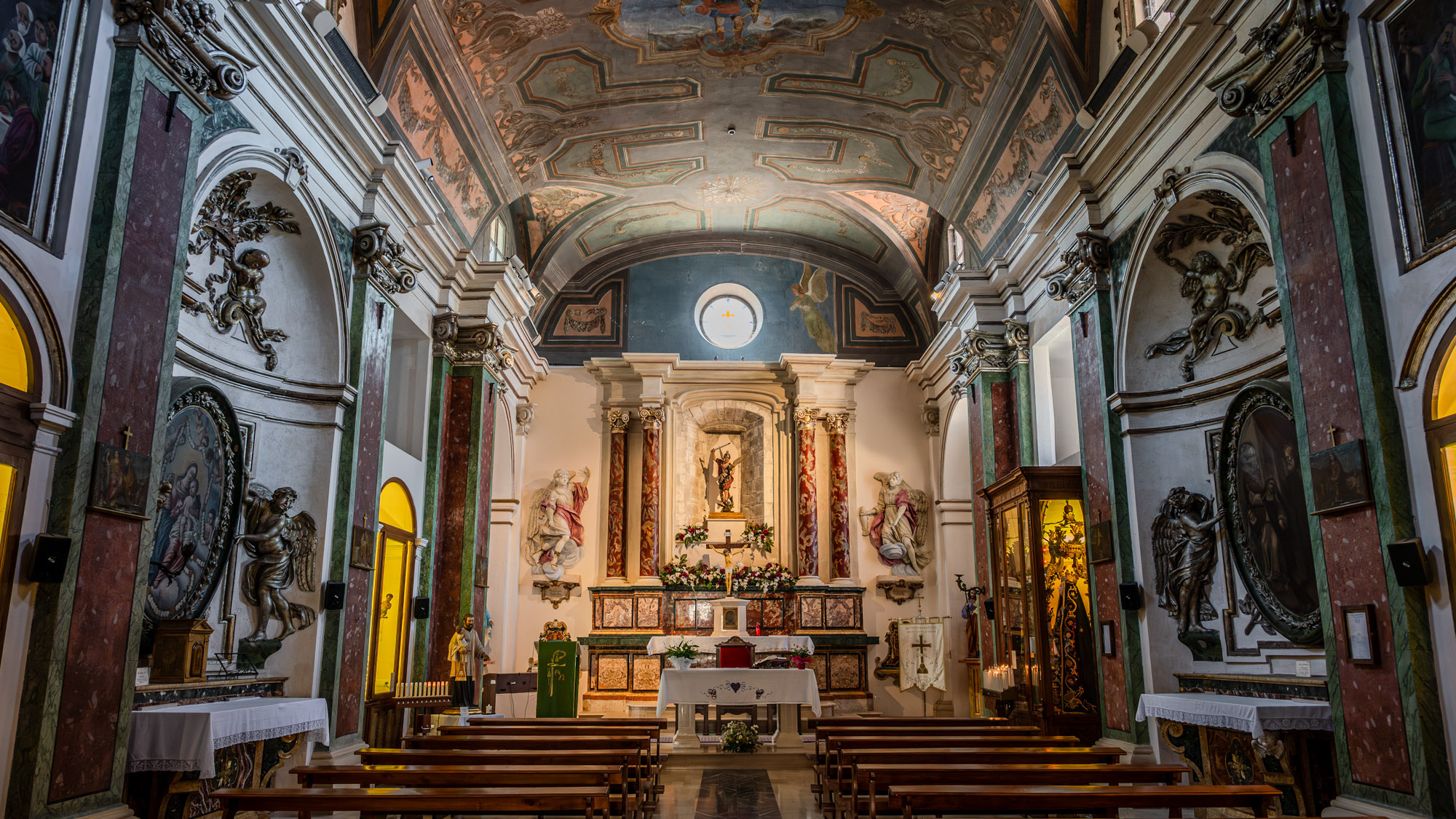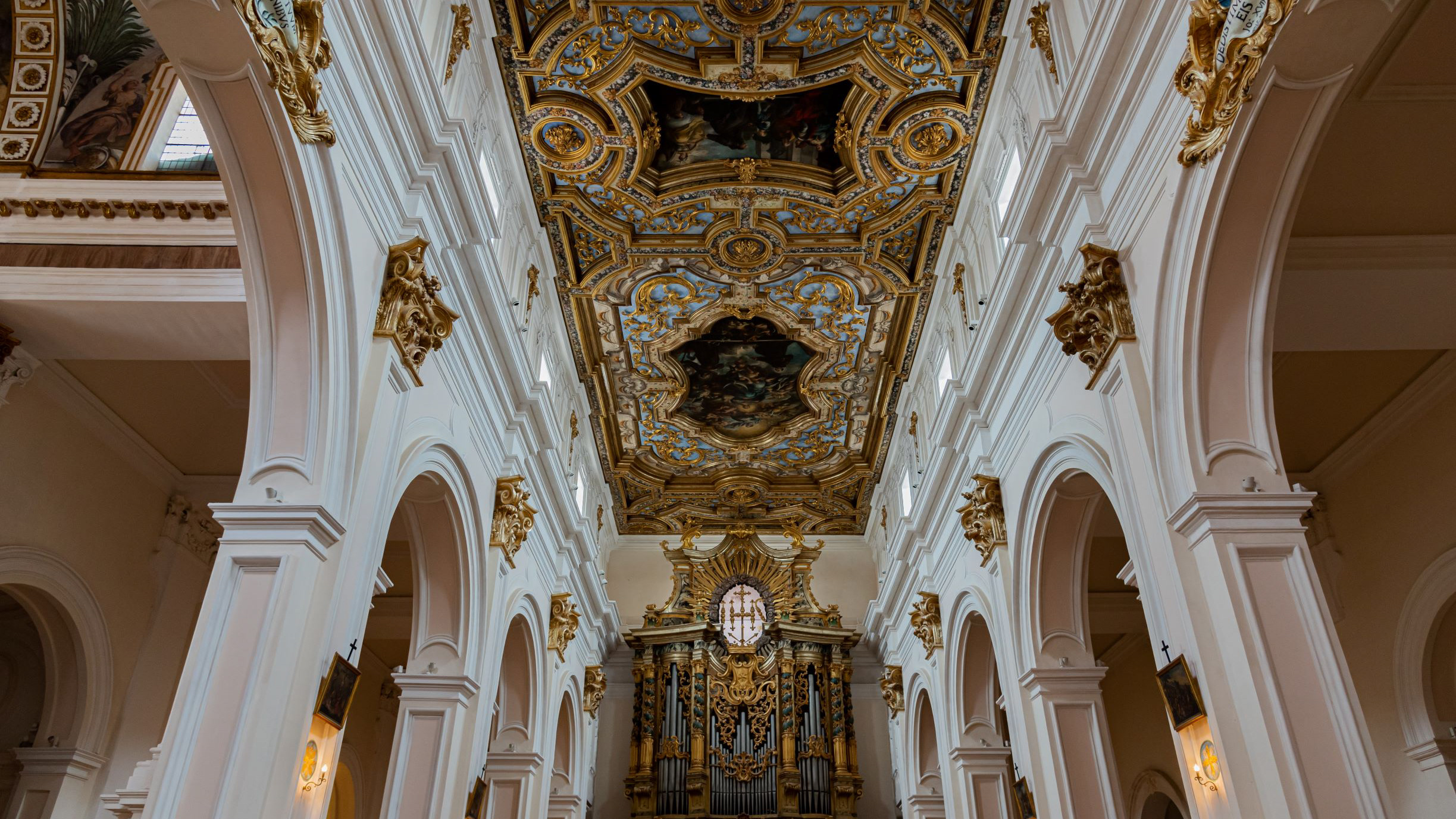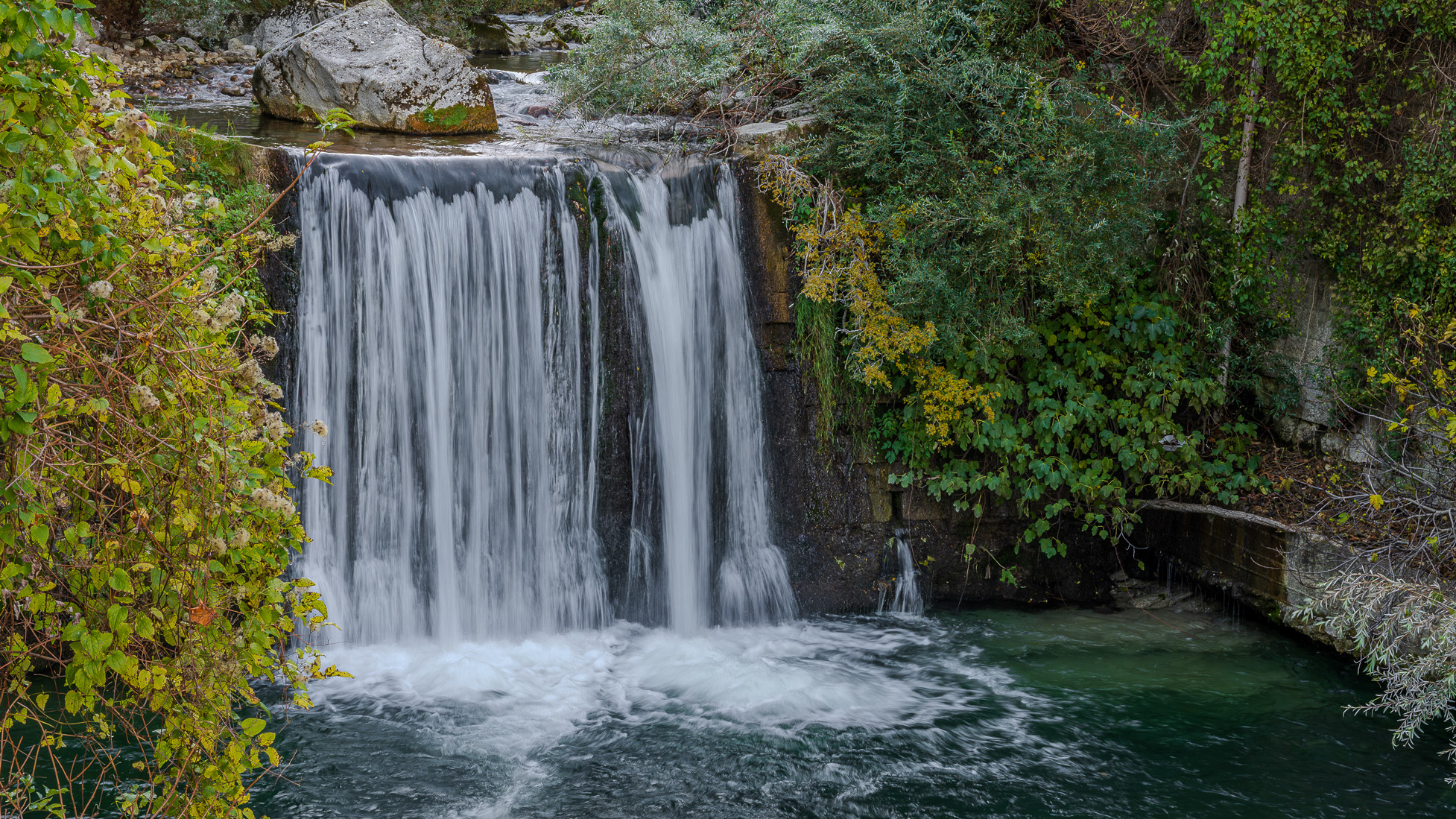Villalago (AQ) - Hermitage of S. Domenico
The hermitage of San Domenico is a small church, located in the territory of the municipality of Villalago (AQ), in the Sagittario valley, on the shore of the homonymous Lake of San Domenico. It includes a cave dug into the limestone, in which according to tradition, around the year 1000 the Benedictine monk San Domenico lived. San Domenico came from Sora, and was housed in the Benedictine monastery of San Pietro de Lacu, which has now disappeared; later he also went to nearby Cocullo, where he healed a girl bitten by a snake. At the road he also tamed a wolf, who had kidnapped an infant from the cradle, while his parents were chopping wood in the woods. And the miracle will be reproduced on votive canvases on the porch of the hermitage. The actual hermitage was built around the fifteenth century, when the cult of St. Dominic spread. Before the construction of the dam and the consequent formation of the lake, in 1929, the hermitage had a different exterior, with a mullioned portico and a recessed facade with a large window, and was accessible from a medieval bridge in a serious state of conservation. With the dam, the new stone bridge was built in a fake medieval style and the facade of the hermitage was rebuilt.
You may also like
